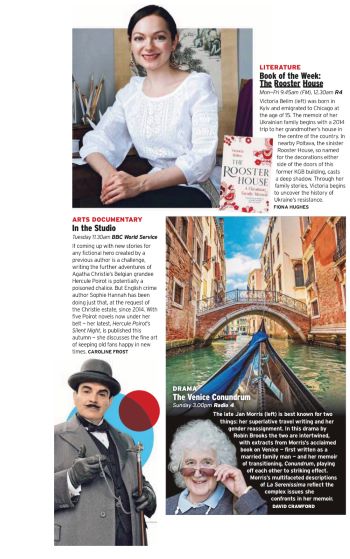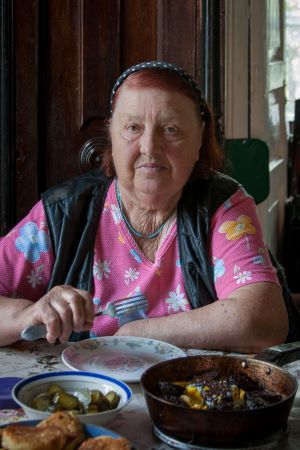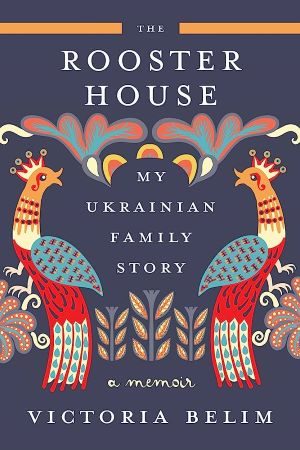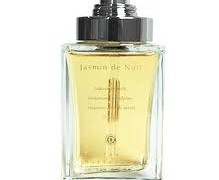The Rooster House is BBC Radio 4 Book of the Week
My book The Rooster House was selected as “Book of the Week” by BBC Radio 4. In anticipation, my book is featured twice in their latest issue – in their ‘On Our Bookshelf’ section and also in their weekly highlights section. I’m thrilled that my work is recognized this way, and I’m beyond delighted to be on the same page as Hercule Poirot.

Starting today, you can listen to The Rooster House being read by the British-Ukrainian actress Vera Graziadie via https://www.bbc.co.uk/programmes/m001p6rk. A new chapter will be aired each day this week. Vera’s reading is masterful and it’s going to be a treat. I hope that you will enjoy it.

You can find the list upcoming broadcasts via BBC: https://www.bbc.co.uk/programmes/m001p6rk/broadcasts/upcoming

















Joi in Giorgio Armani Mania : Long Lost Favorite Perfume: Yes!! January 25, 2024 at 2:54am